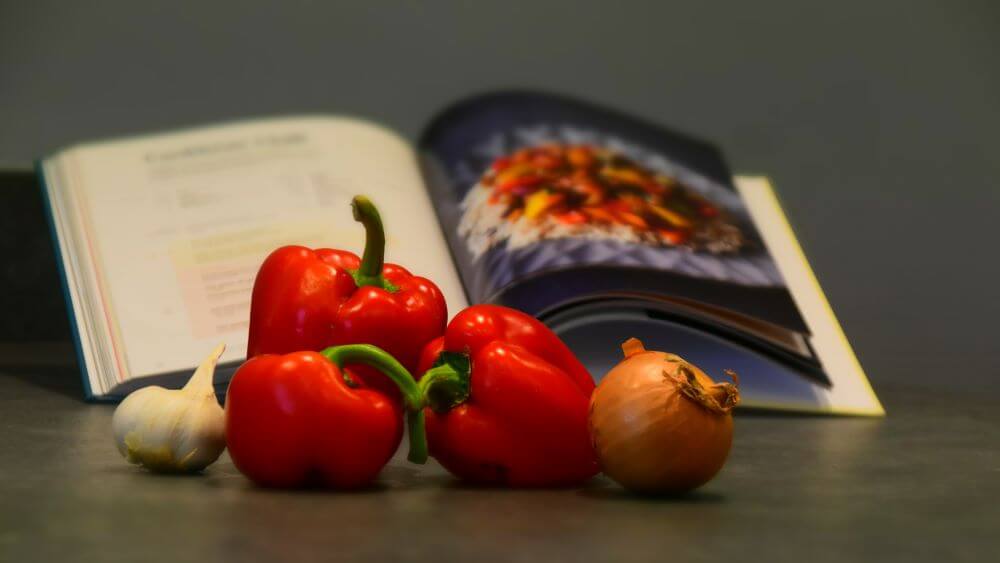Uncategorized, using our products
For Everyone Who Loved or Hated Veganuary
Even if you’re quite neutral on the subject, you’ll want to read this.
And if you’re wondering what Veganuary actually is, you’ll definitely want to read on.
With January coming to an end, you’ll probably have come across some references to Veganuary. Most supermarkets have specials on plant-based foods and drinks during this month and ever more companies are participating, encouraging either their clients or their staff to consider a vegan lifestyle.
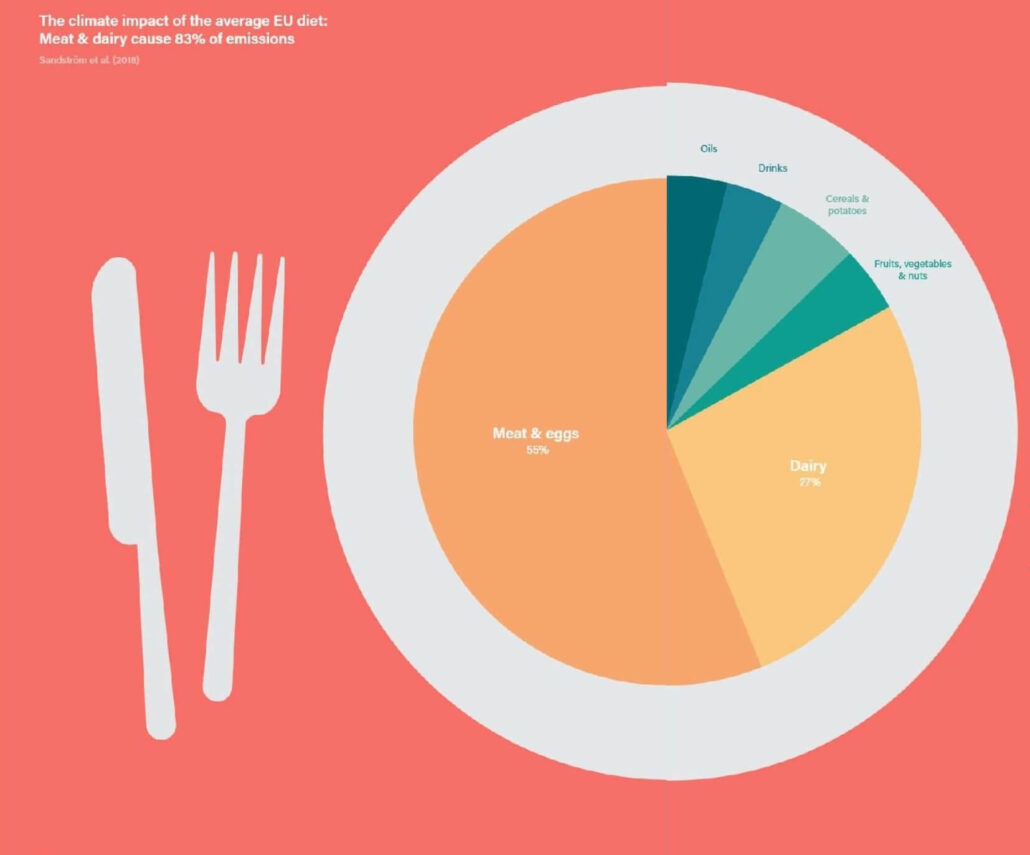
You may have participated.
You may have become enthusiastic to eat no more -or just less- animal products.
Or you may have found it very difficult.
Or you may have considered it nonsense in the first place.
You may have thought it something for meddling maniacs to be shouting about.
Or just something not applicable to you.
In each case, read on to find more information on how to proceed from here to make your best food choices.
What is Veganuary?
Veganuary is a UK based non-profit organisation that encourages people worldwide to try a vegan diet for January. And preferably beyond.
Veganuary is free to join. People can sign up on their website Veganuary.com to receive recipes, meal plans, nutritional information and more to help them get started eating a plant-based diet. And it doesn’t even have to be January to do so.
For ten years the movement has been growing, and in 2023 people from nearly 230 countries participated. Most interestingly, 98% of participants would recommend Veganuary to a friend and 80% were eating less animal products six months after participating.
Must be something in it, then, this whole vegan-thing.
Why should I go vegan?
Well, I’m not saying you should, necessarily.
But there are several reasons to consume less meat and dairy products.
Health benefits of a plant-based diet
The human diet is naturally plant-based. This does not mean vegan or even vegetarian. Plant-based just means that plants are at the basis. In other words: most of what you eat should be plants and plant products –fruits, vegetables, pulses, grains and nuts. This is what our bodies are best suited to digest and use to stay healthy.
A quick glance at the Eatwell Guide shows just that: a healthy diet is plant-based; plant products make up most of the circle (the green, the yellow and part of the pink).
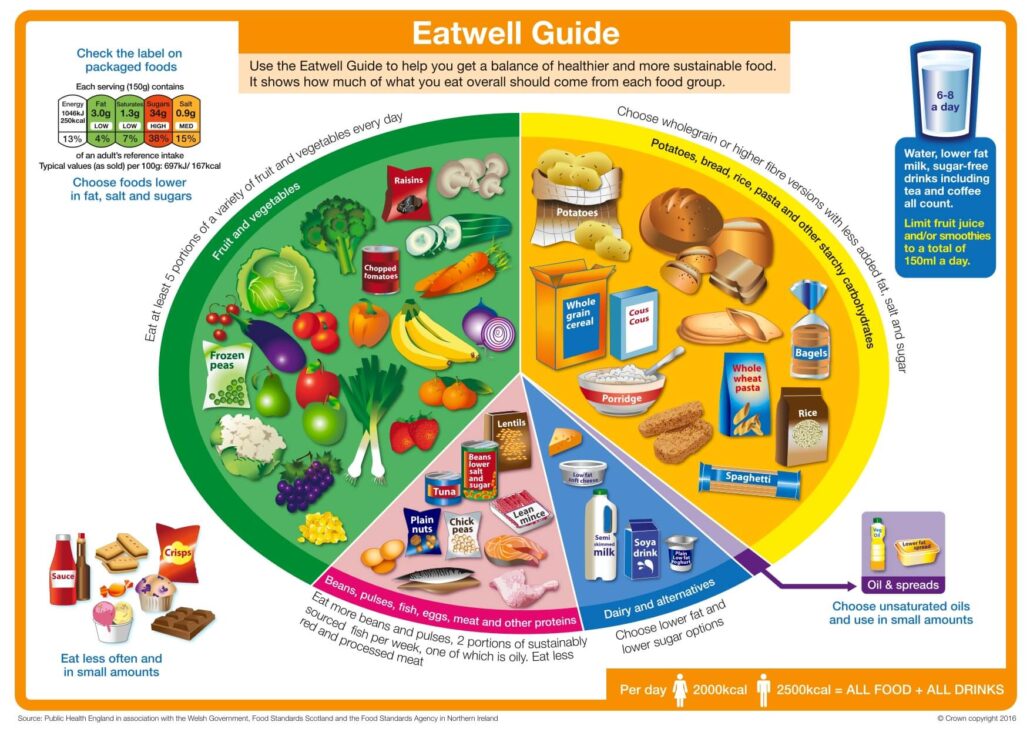
This does not mean you instantly need to throw out all meat and dairy products. You can, if you want to, because they can be replaced by plant products. But if you choose to continue to use animal products, you should use them sparingly.
Dairy products typically contain a lot of unhealthy saturated fats. Eating too much meat, especially red and processed meats (beef, bacon and sausages, for example), is in recent years more and more associated with poor health, research showing relations with not just cardiovascular diseases (heart disease, high blood pressure, strokes, blood cholesterol) but also bowel cancer.
That’s why the NHS specifically adds to the Eatwell Guide: ‘Pulses, such as beans, peas and lentils, are good alternatives to meat because they’re low in fat and they’re a good source of fibre and protein, too.’
Many nuts are also a good source of protien and they are typically high in healthy unsaturated fats, which help keep cholesterol levels well balanced.
And that would seem reason enough already. But there’s more.
More reasons to eat less meat
By now it has been well established that cows burb and fart methane. And that that’s a problem for the environment. They also take up a lot of space and need a lot of food. In short, the amounts of beef and dairy we are consuming in the Western world on average at the moment is not quite sustainable.
Other kinds of meat have a lower environmental impact than beef, but still a much higher impact than nuts and legumes, as you can see in one glance at this nifty little stat I took from our Fork Ranger Book.
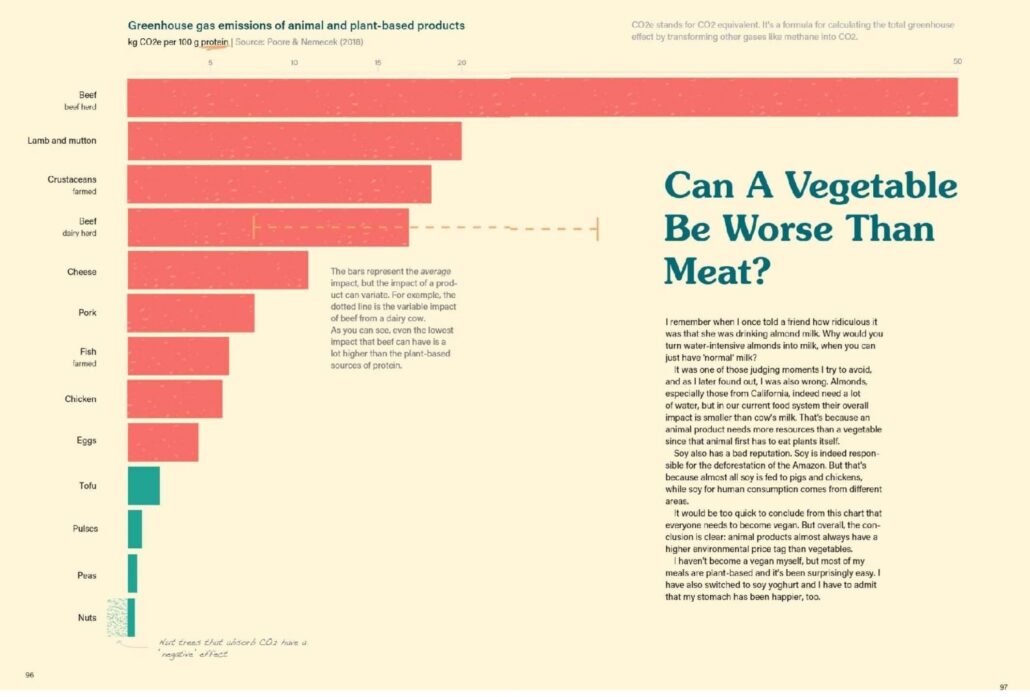
And well, animals are cute. We don’t want them to suffer.
Even if you don’t want to give up eating meat, just reducing the amount of meat you eat helps.
If you consider it a luxury product, you may find it easier to spend that bit extra on organic, free-range products. You’ll find they are often more flavourful too.
If enough people do, the days of ruthless industrial farming are behind us and we can move to a more sustainable food system, which is also likely to feed more people around the globe.
That all sounds lovely, but what do I do?
If indeed you want to -or are at least considering to- reduce the amount of animal products in your diet but don’t know where to start, simply begin with skipping meat on a regular basis, say once a week, then twice …
Don’t think of it as restricting yourself. You are adding vegan and vegetarian dishes to your diet, your choices are expanding!
Swapping all your meat for cheese won’t do the trick though. Apart from the saturated fats in dairy not helping your health, being produced by methane emitting grazers, cheese can actually have a higher negative impact on the environment than some kinds of meat.
Just have a look at another Fork Ranger info-graph. This one here shows the impact of food not per standard weight, but per actual eaten amounts. As people in the Netherlands eat more cheese than red meat, the greenhouse emissions caused by cheese-eating are higher than those caused by beef-eating. Apart from helping you make the most sustainable choices, this may ease your mind some if you really crave that steak. (I admit struggling with this one, as a great lover of everything cheese.)
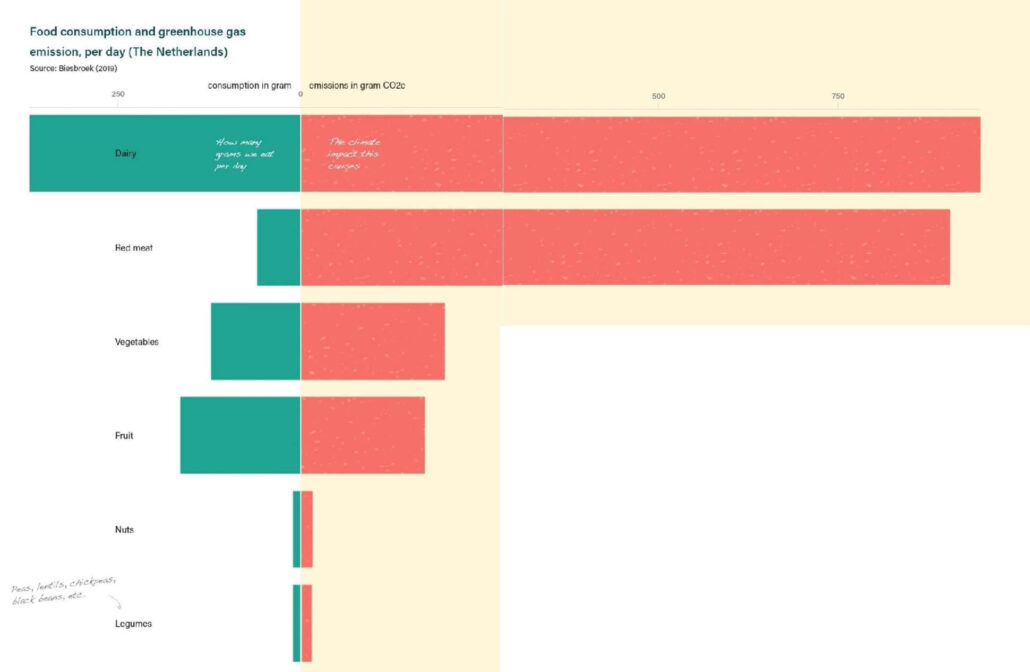
And apart from lots of information on making more sustainable food choices, the Fork Ranger Book also contains lots of really yummy recipes. Some are vegan, others vegetarian but easily adjusted to be made vegan if you want to. They’re inspired by dishes from all over the world, but all adjusted to be really easy to make. So, that would definitely be a good one to help you on your way.
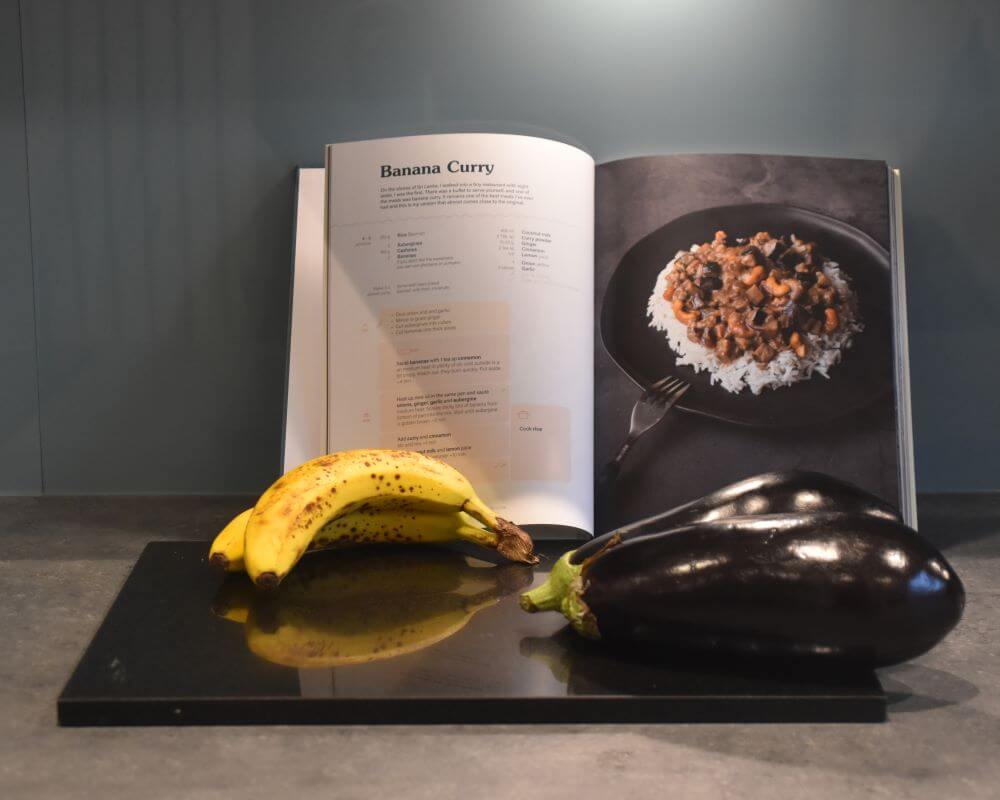
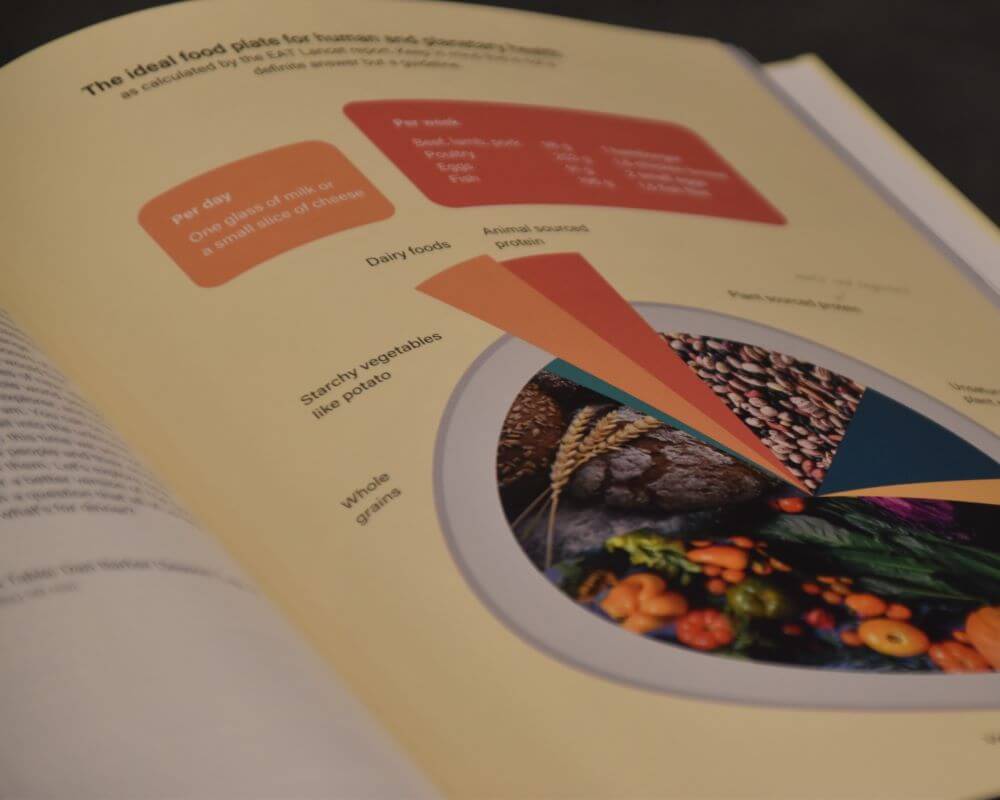

Fork Ranger also offers a free App, providing lots of information on recipes.
Another thing to help on the vegan part, might be a nut sack. This will allow you to easily make your own nut milks!
Sounds like fun? Check out our nut sack and keep your eyes peeled for our next blog post, where I’ll share some tips and recipes for adding nuts to your diet, including using that sack.
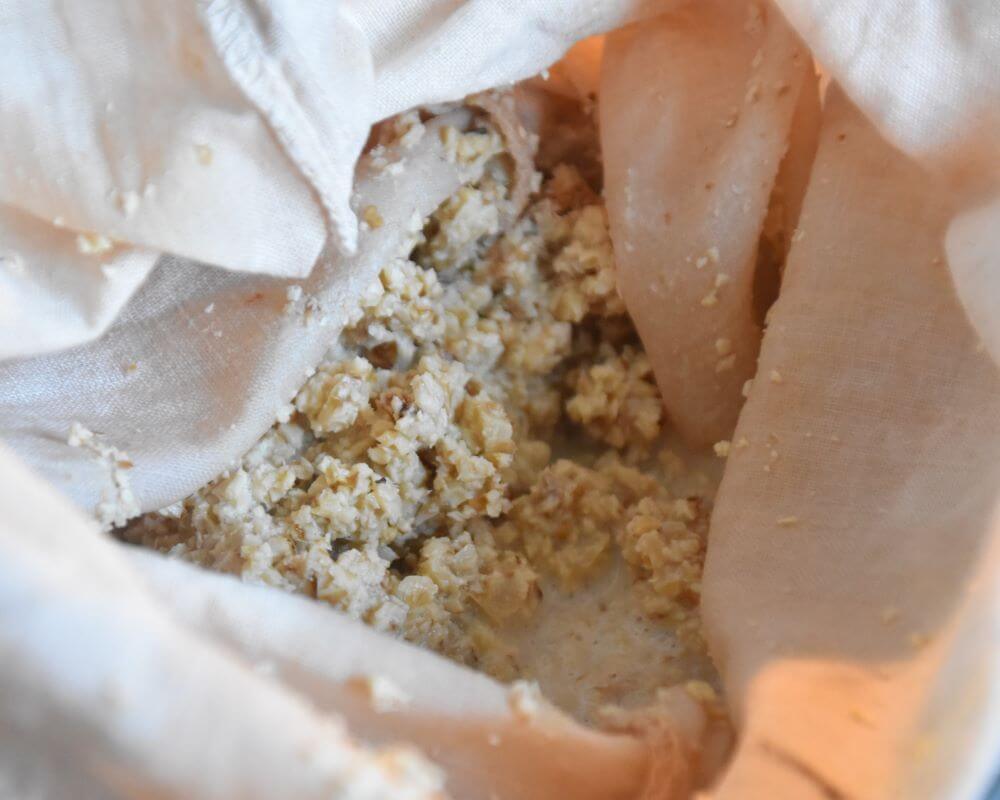
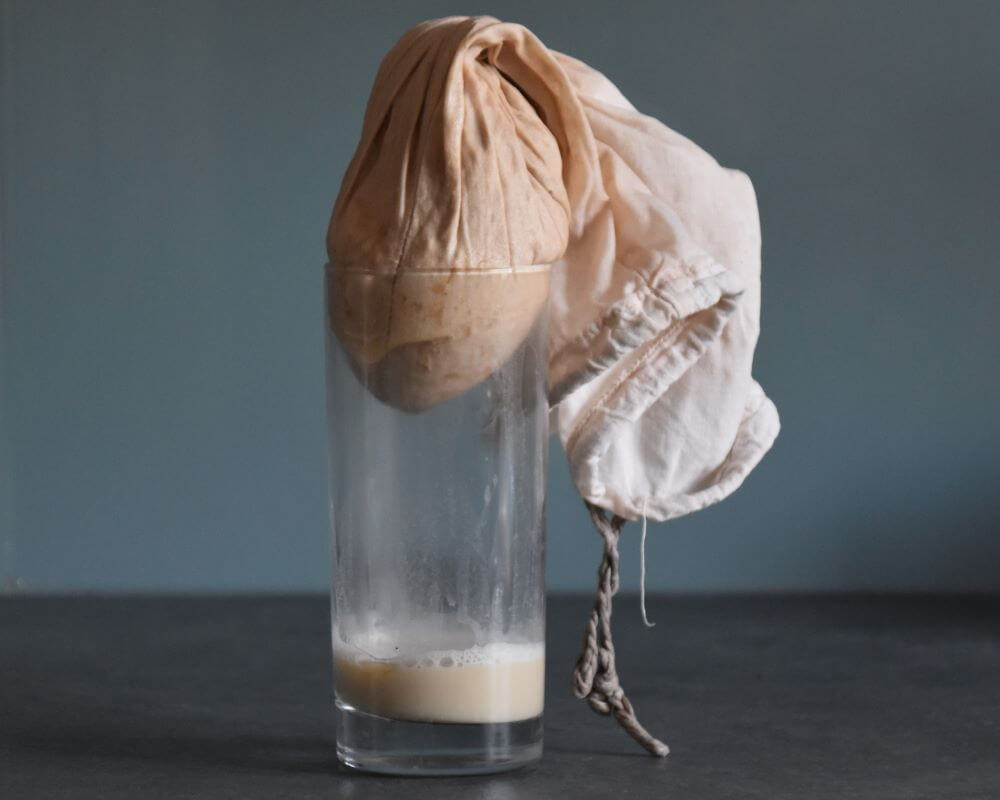
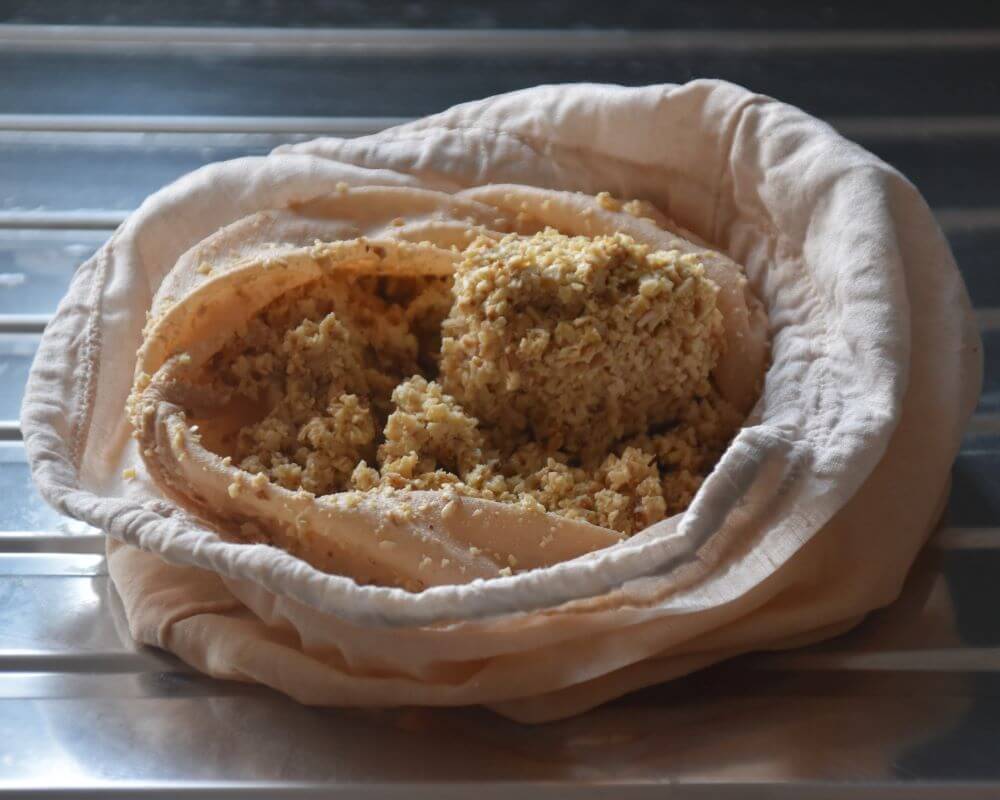
P.S.: Did you know that once you have that nut sack, you can also use it make appelstroop or jelly?
You can even use it to make your own all natural facial and body cream!

